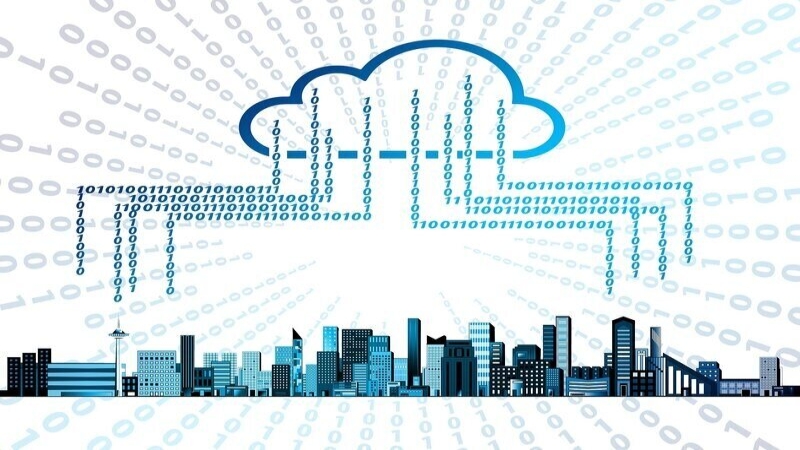
An IT service delivery approach known as cloud computing uses the Internet to distribute computer resources and software tools from outside service providers. In this service model, customers are only charged for their time using the computer and whatever storage or bandwidth they utilize. Over on-premises hardware infrastructure, cloud computing offers several benefits, including quicker system setup, disaster recovery, cost-effectiveness, scalability, support for mobility, and lessened management requirements for IT employees. Market Research Future (MRFR) shows that the Cloud Computing Market Share will grow at an 18.53% CAGR from 2018 to 2030, reaching USD 1738.44 billion.
In the contemporary period, cloud computing has played a significant role in everything from gaming to office and institutional applications. E-commerce is becoming increasingly popular for selling food and other essential products. Because they employ versatile, non-disruptive cloud hosting tools, online businesses are experiencing an increase in transactions. Cloud computing is becoming more popular during the pandemic because it improves organizations' capacity to evaluate pertinent data to ensure a better response. Significant efficiency gains are also made possible by cloud computing for tasks that cannot be completed remotely. Cloud computing makes operations more efficient, including back-office work, engineering, internet marketing, web design, editing, and other distant tasks.
Due to distant workers and organizations requiring powerful collaboration tools to manage operations effectively, the shutdown has significantly impacted the cloud computing market. In these situations, when access to food and medical care is crucial, cloud computing has shown to be helpful since it facilitates telemedicine. Access to medical specialists has grown more crucial when working remotely.
Cloud computing service providers will see significant economies of scale by offering the same services to a wide range of customers. Companies of various shapes, sizes, and industries are embracing the cloud for many use cases, including disaster recovery, data backup, virtual desktops, email, big data analytics, software creation and research, and online consumer apps.
For instance, healthcare practitioners are embracing the cloud to develop more patient-specific medicines. Financial services companies employ the cloud to provide real-time fraud detection and prevention. Additionally, game producers use the cloud to distribute their games to billions of users worldwide digitally.
Cloud Computing Trends
Cloud computing expanded in 2020 and 2021 as work moved online and companies focused on providing digital services in response to the worldwide epidemic. Undoubtedly, the quick acceptance and expansion will continue in 2022. It's expected that the emphasis will change away from the implementation of cloud tools and platforms to enhance a particular function and towards a more comprehensive strategy focused on enterprise-wide cloud migration.
Enhancing the skills of remote and hybridized workforces will still be a significant trend, although cloud and data center infrastructure will continue to undergo innovation. As businesses increasingly rely on on-demand IT for anything from accounting software to full-fledged IaaS, PaaS, and SaaS solutions, the cloud continues to be a vital resource across various industries. The statistics below provide insight into how the cloud market is doing right now:
- Deployment of the Edge: Edge computing is a cutting-edge data processing method that avoids needing a data center. Instead, processing and storing data occurs on specialized hardware at or close to the network's edge.
- The Continued Rise of Serverless Computing: Serverless computing is a cloud architecture in which the user is not responsible for infrastructure management or server deployment. Instead, the cloud provider manages the supporting infrastructure and distributes computing power following the demand.
- Even More AI and ML Adoptions: Machine learning and AI systems need much processing power and data bandwidth. The cloud is the most cost-effective alternative for obtaining these resources.
- Blockchain and Kubernetes: Blockchain is a technology that offers a secure digital ledger that can store data without depending on a centralized authority. Blockchain is revolutionary but also struggles with scalability, especially when managing and storing large amounts of data.
- Greater Focus on Cloud Security: The main barriers to cloud adoption continue to worry about privacy, compliance, and integration risks. Cloud service companies are responding by introducing enhanced security measures.
- Advancements in cloud gaming, augmented reality, and virtual reality: With cloud gaming, users may run video games on distant servers and stream them straight to their devices.
Source: https://www.marketresearchfuture.com/reports/cloud-computing-market-1013
- Log in to post comments